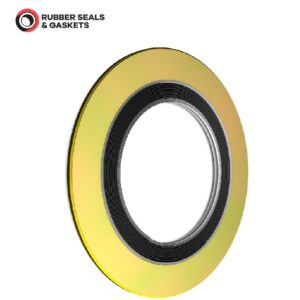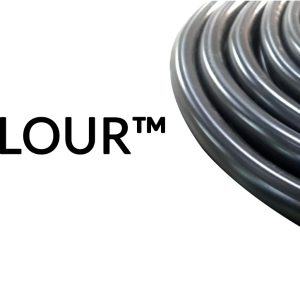Description
O-Ring failure is most commonly caused by either incorrect groove configuration or improper compound selection. By correctly identifying the cause for failure, it is possible to make necessary changes to tend to design or material and ultimately result in improved seal performance. Analyzing the cause of failure and getting to the root of any problem is critical in ensuring successful sealing functionality and protection. As you can see below, some common O-Ring failures have been listed; the same observations and causes. Knowing the causes of the failures serves as a precautionary collection of steps to be taken in the conditions in question.
Failure Description / Reason For Failure

Dimentional defect
• Non performance of o-ring.
• No visual defects
• Inaccurate groove/gland design.
• Incorrect o-ring dimensions
• Misalignment of mating surfaces

Compression Set
• Visible flattened cross section
• Incomplete curing of elastomer before installation
• Excessive compression
• Chemical incompatibility
• Excessive temperature

Molding damage
• Flattened surface, corresponding to the mating surfaces, with some cracks
• Failure to account for thermal/chemical expansion during molding
• Excessive compression


Explosive Decompression
• Blisters and pits visible on the seal surface.
• Absorption of gas at high pressures, and then immeditae decrease in pressure
• The absorbed gas ruptures the seal surface when the pressure is rapidly reduced.
• Rapid pressure chages during molding operation
• Low hardness of elastomer

Shrinkage defect
• This failure cannot be detected on visul inspection of the o-ring.
• There is a shrinkage in the cross sectional size of the seal.
• Improper curing of elastomer.
• Low hardness of elastomer
• High vaccuum pressure

Installation damage
• Cuts and incisions visible on the o-ring body.
• Sharp edges on the installation eqiupment
Inaccuate sizing of the elastomer
• Low hardness of elastomer

Abrasion damage
• Flattening of the o-ring on one side. Loose particles or scrapes may be found on the seal surface. This failue is usually found in dynamic seals
• Improper/rough finish of the sealing surfaces.
• Excessive temperatures
• System contamination ny abrasive particles


Extrison and nibbling defects
• Ruptured edges visible on the low pressure side of the o-ring.
• Excessive clearnaces
• Irregular clearance gaps
• O-ring material could be too soft
• High pressure between mating surfaces
• Degardation (swelling, cracking, shrinking, etc.) of o-ring material due to system fluid

Spiral Cuts
• Deep spiral cuts appear on the surface of the o-ring (around the circumference)
• Tight installation of the o-ring
• Slow stroke speed
• Inadequate lubrication
• Low elastomer hardness
• Uneven surafce finish










Reviews
There are no reviews yet.